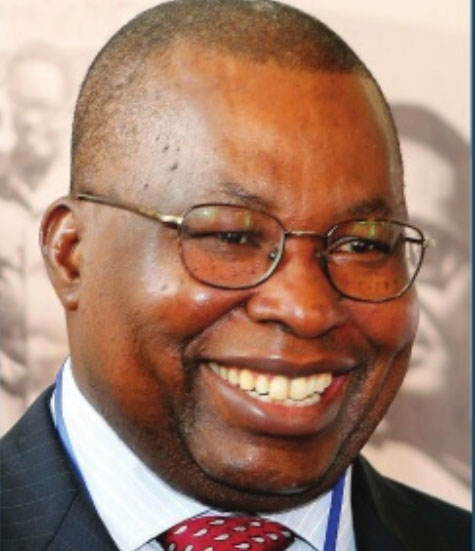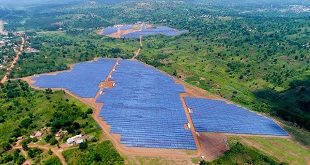
What progress have you registered in the implementation of AfCFTA?
We are making good progress. In March this year in Kigali, Rwanda, we had 44 signatories and at the moment we have 49 signatories including South Africa. We are confident that before the end
of the year, the rest of the six remaining countries will have signed.
Which countries are these that are yet to sign?
We have Nigeria, Benin and Guinea Bissau in West Africa, Eritrea in East Africa, and with the peace process underway, I think they are in a good position to sign. In Southern Africa, we have Botswana and Zambia. We have been talking to all these countries and they have given us assurance that they are going to sign soon.
What stage follows upon signing this agreement?
The next stage is ratification. We need at least 22 ratification for AfCFTA to come into force. We have six deposits of instruments of ratification and remaining with sixteen. We expect the 16 ratifications to be generated by the end of December and eventually coming into force of the agreement on January 31, 2019.
What preparation are you making ahead of the coming into force of the agreement?
We are working on the structure of the permanent secretariat. We are also encouraging member states to make tariff offers so that we begin negotiation on the removal of 90% of the tariffs. Once that is done, the market will become operational. We are also going to come up with a mechanism
of monitoring non-tariff barriers like corruption. This is in addition to working with a Pan African Quality Institute to come up with ‘Made in Africa’ brand so that those who qualify can label their products ‘Made in Africa’.
But why should we care about AfCFTA?
AfCFTA is important in that manufacturers in Uganda should not look at a market of a population of only 40 million. They should look at a market as 1.2billion Africans. The challenge for them now is how to increase supply and open up market in other parts of Africa. AfCFTA therefore provides huge opportunities for businesses to grow either on their own or through joint ventures with other countries.
What is your assessment of the level of trade on the continent?
Africa has the lowest level of intra-regional trade, at just 18%. We intend to increase this by at least 52% by 2022. The greatest opportunity is in manufacturing because 42% of intra-African trade is in the manufactured goods. When we liberalise, there will be an incentive for value addition and so manufacturers in Uganda should prepare themselves to come up with new manufacturing products to sell in larger markets.
The private sector claims they haven’t been involved in this exercise yet are supposed to be part of implementation?
They are involved. We invited the private sector to the African Business Forum in Rwanda and a number of them including private sector players in Uganda participated. This was during the signing of AfCFTA agreements. It is actually the private sector that wanted the whole exercise to be institutionalised and we are going to have another private sector forum next year. The summit has also approved that each country should have a national commit-tee on the AfCFTA so that they are aware of the operation.
Mistrust remains a big issue in maters regarding cooperation among countries. How do you plan to handle this?
We have a dispute resolution mechanism. If one country feels like it is being unfairly treated by a fellow African country, worst of all, they will discuss among themselves. If they fail to agree, they go to the next stage involving the third party.
Is there a clause for exit?
There should be no need for any country to consider exiting AfCFTA because of the advantages of free trade area. The industries in Uganda, for instance, should adapt to the growing competition and look for mechanisms on how to thrive beyond the country’s market.
Don’t you think we are moving fast in implementing AfCFTA yet we still have challenges of poor infra structure…?
Infrastructure is not a problem. The problem is market information, and we are creating a pan African trade observatory to establish a platform for real time information market opportunities including pricing of those commodities.
What have been some of the challenges, if any, in implementing this agreement?
Mindset is the biggest challenge. Most people still don’t believe that we have created a large market as most people still believe in their own national markets. We have to change people’s mindset to think big. People are also not sure if they can thrive in this wider market. The other challenge is the
risk of trader getting paid as soon as the transaction is concluded. Therefore, challenges will always be there and will remain. So far, we have a list of 55 challenges and they are still increasing.
 The Independent Uganda: You get the Truth we Pay the Price
The Independent Uganda: You get the Truth we Pay the Price


